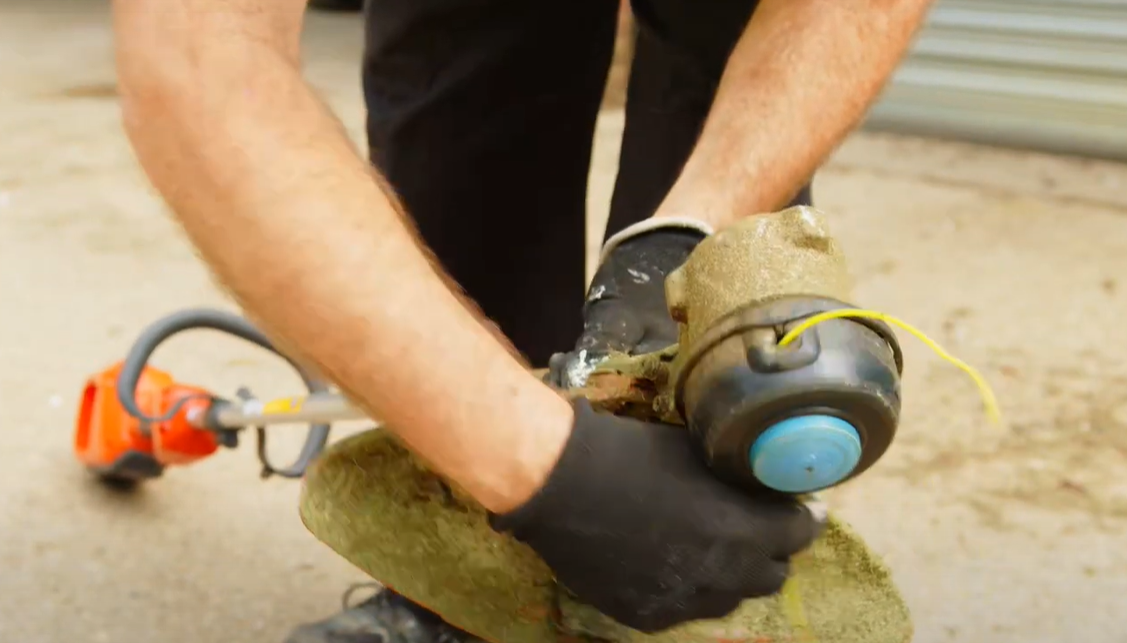Summary
Manual Handling Operations (MHO) are everywhere in our daily lives. So, what is the definition of MHO? It can be defined as; ‘the transporting or supporting a load by hand or bodily force.’ It includes lifting, lowering, pushing, pulling, moving, or carrying a load. A load is a moveable object, such as a box, a bag of loam, a tool or machine i.e., strimmer or maybe a person or animal. Or it could be something being pushed or pulled, such as a hand roller or a pedestrian mower.
Injuries can easily be caused by poor manual handling techniques and can be both acute from a single action or chronic caused by a repetitive activity. Either way injures can be long lasting and debilitating. These types of injuries are often referred to as Musculo-Skeletal Disorders (MSDs) or Work-Related Upper Limb Disorders (WRULD).
It is your duty to ensure the risk of injury from MHO to your workforce is assessed and as far as is reasonably practicable reduced to and acceptable level. The following hierarchy may help:
Avoid
- Eliminate the need to manually handle loads. Can the task be automated or mechanised? Remember mechanisation such as forklift trucks may introduce other hazards. These need to be considered.
Assess
- Assess the Risk of those manual handling tasks that cannot be avoided. Include employees and volunteers, consider the following pneumonic LITE:
- Load – Size, shape, weight, centre of gravity, stability, sharp edges, difficult to grasp, etc.
- Individual – ability, age, new and inexperienced/temporary worker, new and expectant mother, existing disability, lone worker, etc.
- Task – Length of task, repetitive nature, carrying distance, time bound, requires stretching, stooping, or twisting.

- Environment – Hot/cold or confined spaces. Outdoors/indoors, steps/stairways, uneven floor surface, poor lighting, obstructed visibility, outside influences i.e., shared area, other employees’ vehicle traffic.
- The HSE provide several tools to assist with risk assessment, the Manual Handling Assessment Chart (MAC) and the Risk Assessment for Pushing and Pulling (RAPP) tools can be downloaded from here.
Reduce
- Reduce the risk to workers and volunteers as far as is reasonably practicable. Not all hazardous MHO can be totally eliminated so having assessed the risk using LITE address each risk and be smart in reducing each risk to an acceptable level.
- Suppliers can be asked to provide goods in smaller sizes and weights.
- Store heavy goods/tools at waist height and near to the place of work, reduce the carry length.
- Use mechanical assistance such as a sack trolly, pump truck or wheelbarrow etc. Remember, while such equipment may reduce the lift and carry hazards they still require pushing or pulling.

-
- Fit the task to the individual. If too much for one person, then plan the task so those providing assistance understand their role.
- Make adjustments to the environment i.e., segregate pedestrians from vehicles, create more space to manoeuvre, increase lighting levels. Consider walking the route to assess hazards before attempting to carry.
Irrespective of the task, be it lifting and carrying, pushing, and pulling it will almost inevitably include some manual handling element e.g., operating machinery such as a pedestrian mower would require the mower to be tilted and turned, the grass box emptying etc. It is important you understand and assess the manual handling element of the task.
Note: Your risk assessment need not be overly complicated i.e., if your task is simple so should your risk assessment be, it needs to be suitable and sufficient. An example risk assessment can be found here.
The HSE provide some useful tips on how this can be achieved here.
The HSE provides guidance to the MHO regulations that helps to understand regulations and also provides explanatory notes and diagrams here.
Watch the video. Setting Up Equipment


 Tweet
Tweet